1. Landline Telephones
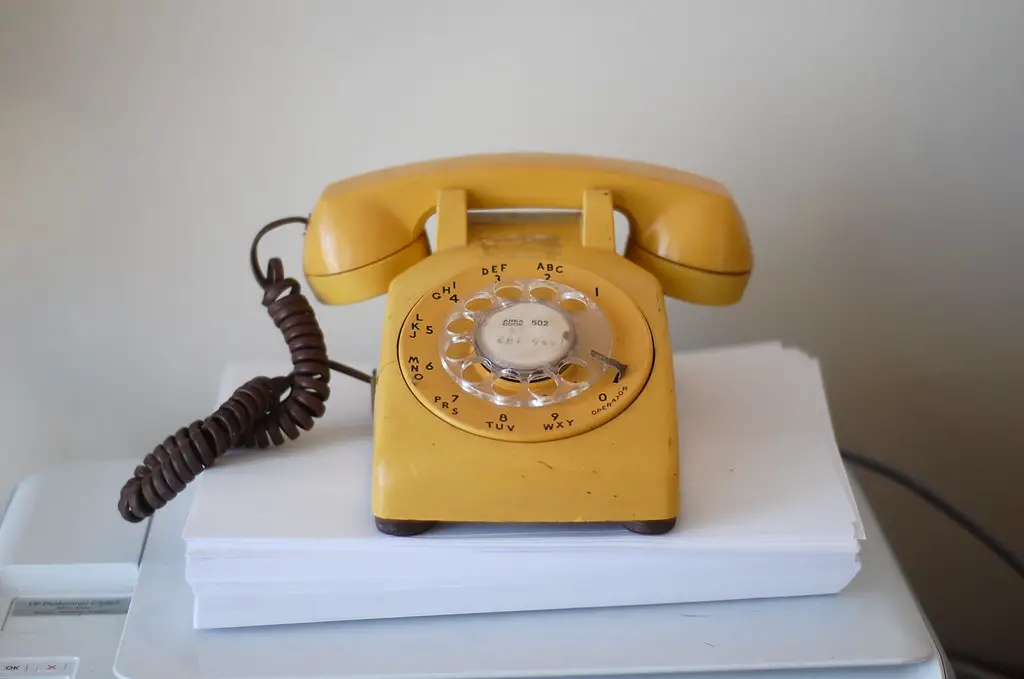
As cell phones become more reliable and widespread, landline telephones are rapidly disappearing from homes. Younger generations increasingly view them as obsolete, while older homeowners are cutting the cord to save costs. By 2030, landlines may exist only as a nostalgic relic or for emergency use in remote areas.
2. Traditional Alarm Clocks
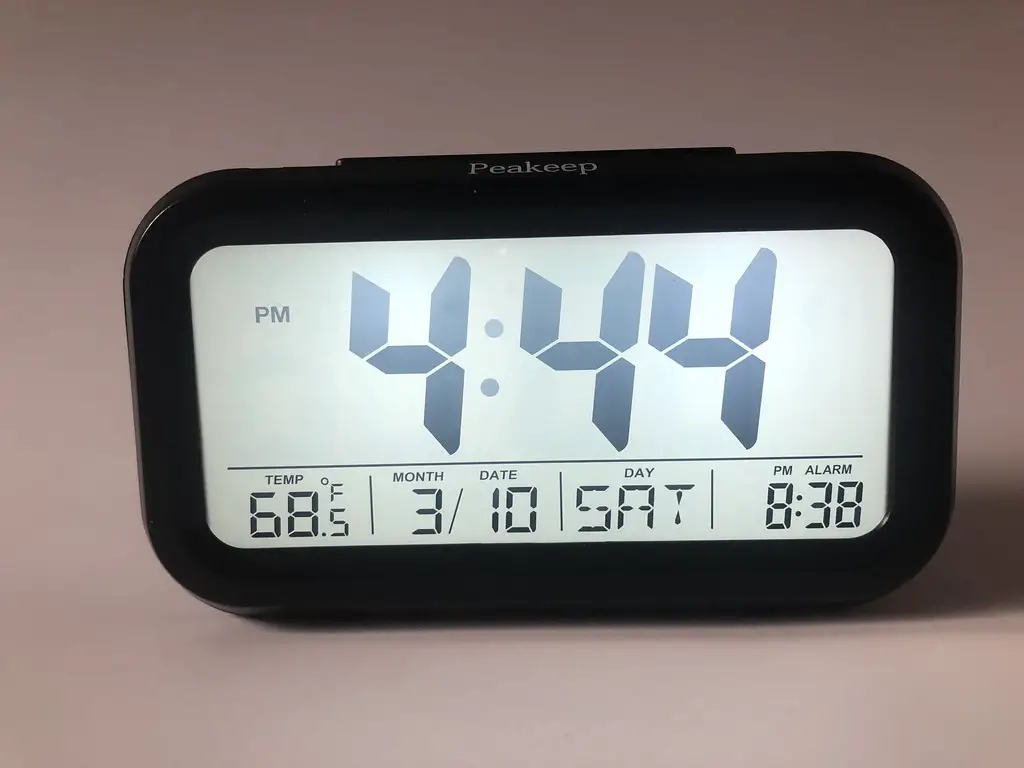
The rise of smartphones with built-in alarms and sleep-tracking apps has rendered traditional alarm clocks nearly irrelevant. Many experts predict these once-ubiquitous devices will vanish entirely from homes as people embrace multi-functional tech. Smart home systems are also incorporating alarm features, further pushing out standalone clocks.
3. CD and DVD Collections
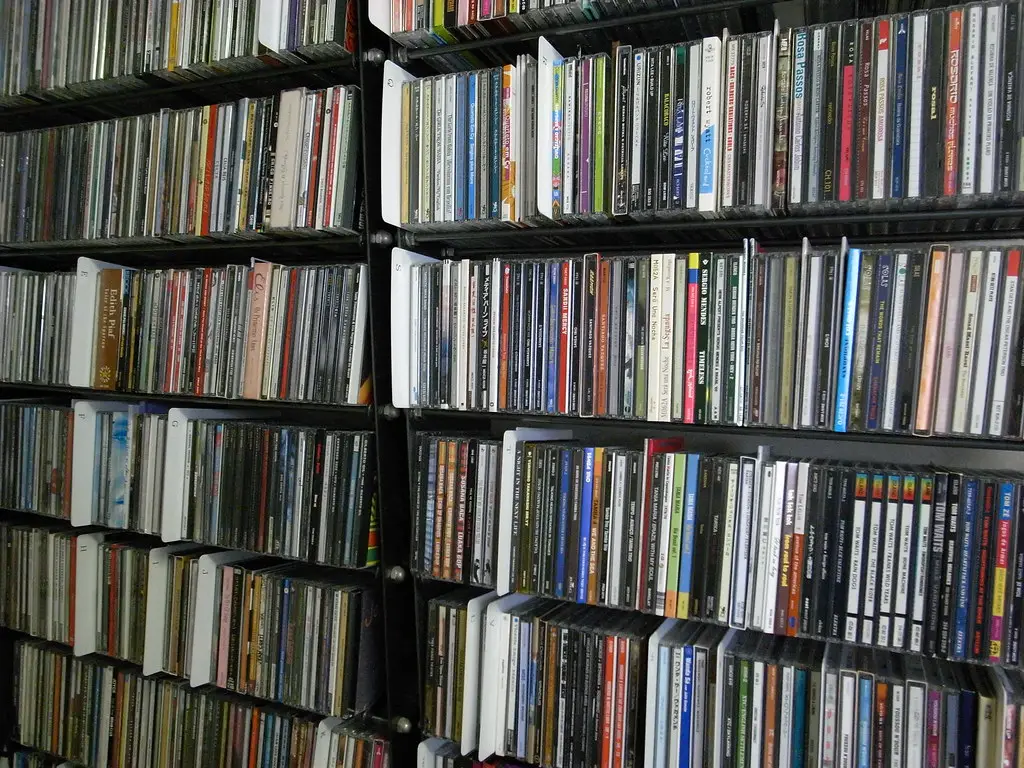
Physical media like CDs and DVDs are becoming obsolete as streaming services dominate the entertainment industry. Digital libraries and cloud storage offer more convenience and reduce clutter. By 2030, owning a shelf full of discs may feel as outdated as having a VHS collection.
4. Formal Dining Rooms
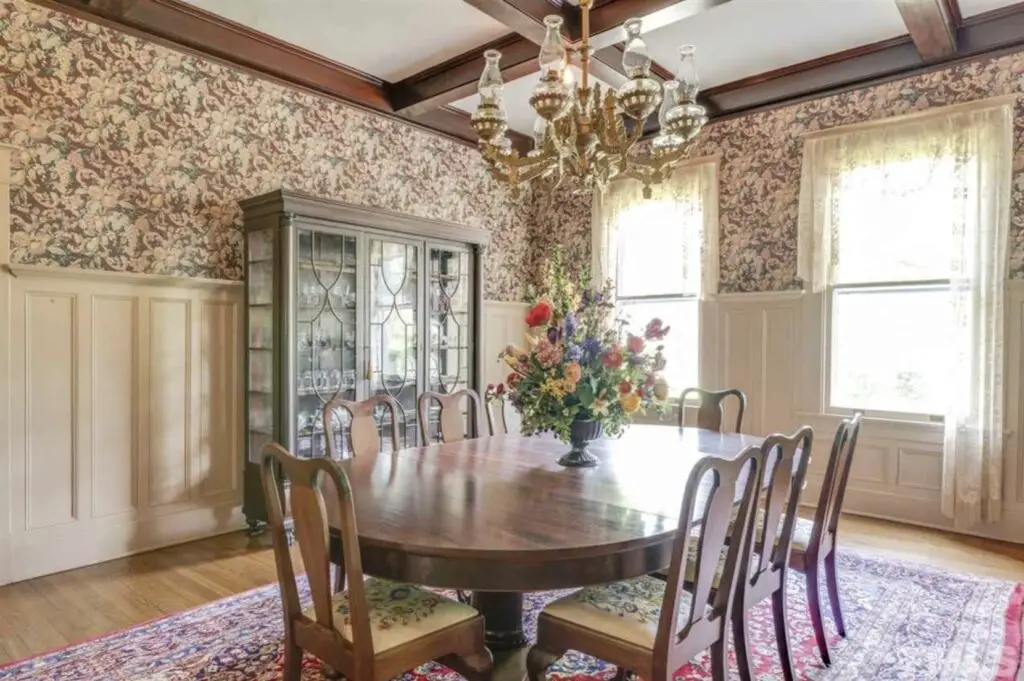
Experts predict the demise of formal dining rooms as homes prioritize open-concept living spaces. Families increasingly prefer casual eating areas like kitchen islands or combined living-dining areas. By 2030, dedicated dining rooms may be a feature of the past in most modern homes.
5. Manual Thermostats
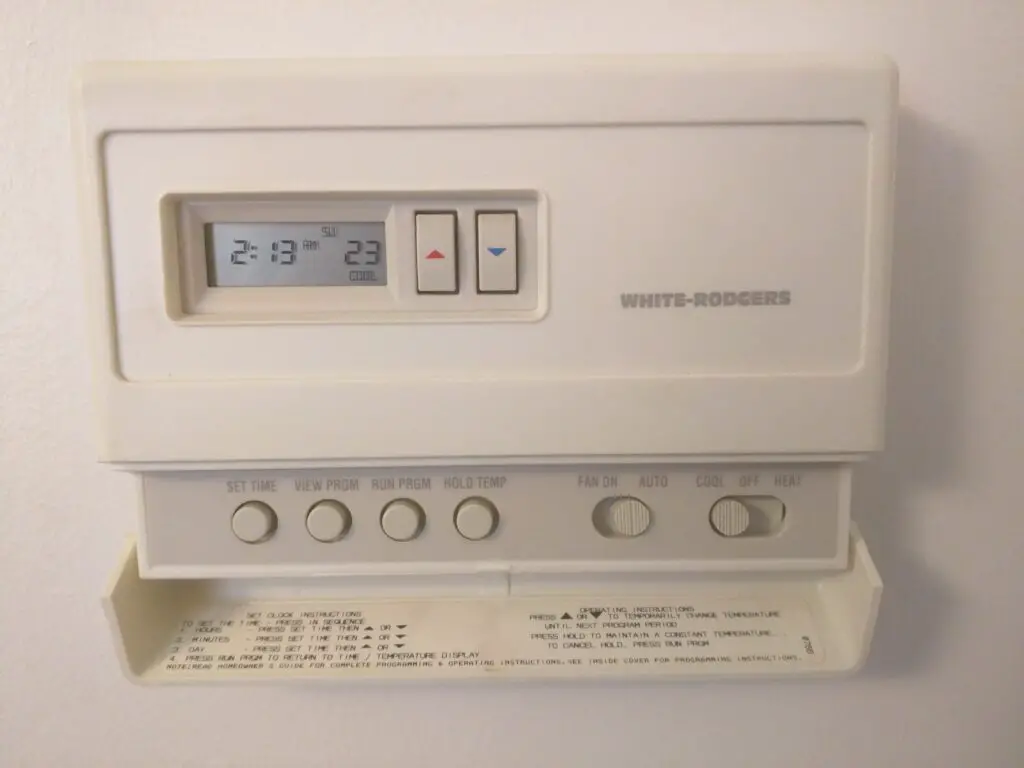
Smart thermostats are replacing manual ones as homeowners embrace energy-efficient technology. Devices like Nest and Ecobee allow remote control and learning capabilities to optimize temperature settings. Traditional dials and switches will likely disappear entirely from homes by the end of the decade.
6. Carpeted Floors

Wall-to-wall carpeting is steadily losing popularity due to its high maintenance and association with allergens. Hardwood, laminate, and luxury vinyl flooring are becoming the preferred choices for their durability and style. By 2030, carpeted floors may only remain in specific niche applications.
7. Mail Slots
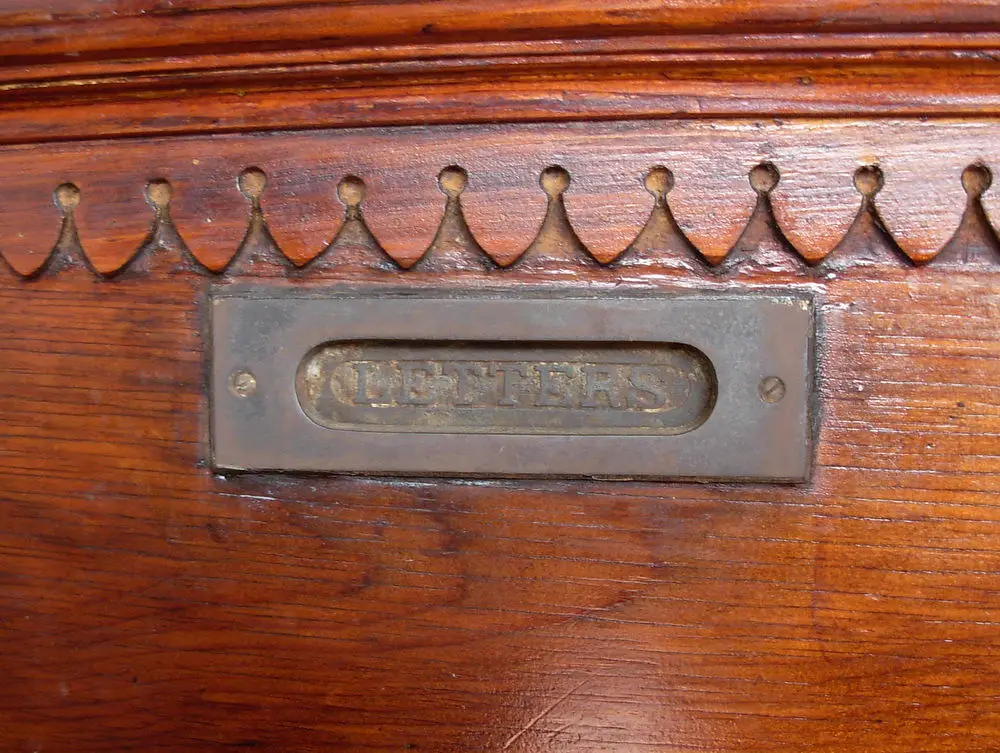
As physical mail declines in favor of email and digital communication, the iconic mail slot may become obsolete. Package delivery lockers and smart doorbells are taking over as the standard for receiving items at home. By 2030, traditional mail slots could be a rare architectural feature.
8. Ceiling Fans
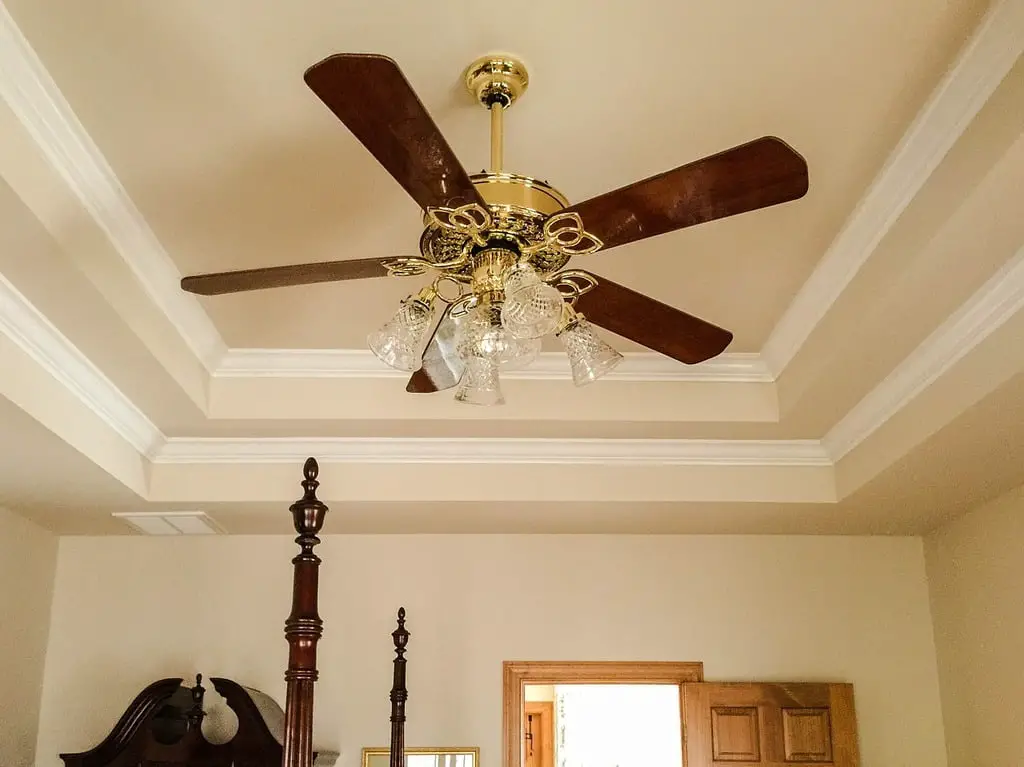
While ceiling fans were once a staple for cooling homes, advancements in HVAC systems and energy-efficient air conditioning are making them less essential. Designers also view them as dated, leading to their gradual removal. By 2030, ceiling fans might only be found in vintage or retro-themed interiors.
9. Traditional Showerheads
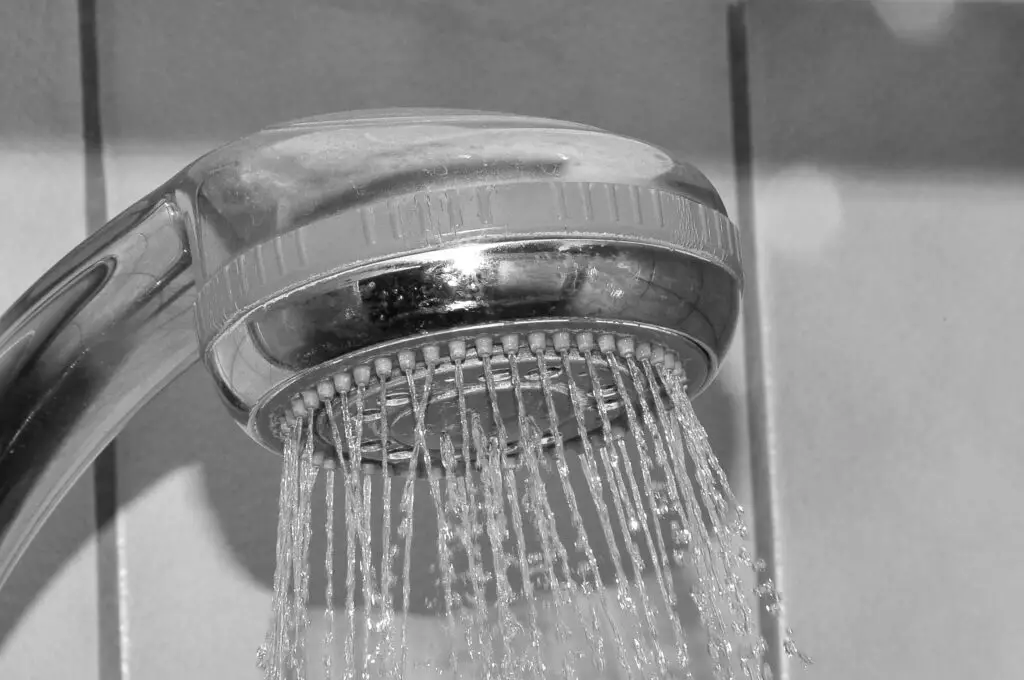
Smart and eco-friendly shower systems are replacing traditional showerheads as homeowners prioritize water conservation. Features like customizable spray patterns, timers, and temperature controls are becoming standard. Experts believe traditional, single-function showerheads will be a thing of the past by 2030.
10. Curtains

Blinds, shades, and smart window coverings are overtaking curtains as the preferred window treatment. These options provide more precise light control and require less upkeep. By 2030, heavy drapery may vanish from most modern homes, replaced by sleek and functional alternatives.
11. Manual Garage Doors
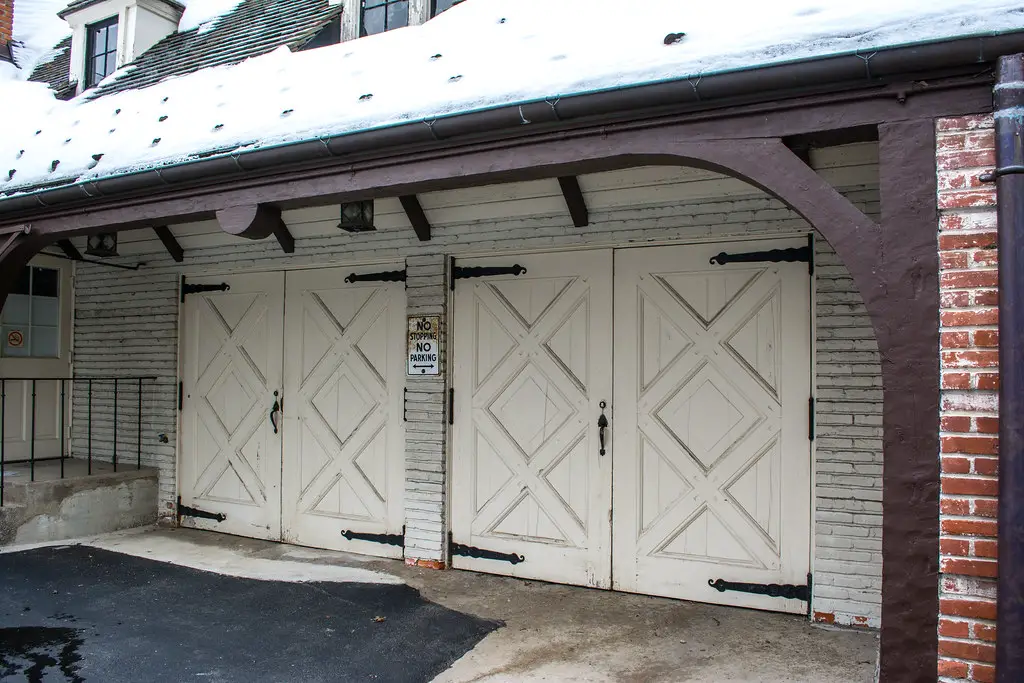
Electric and smart garage door systems are making manual doors increasingly rare. Automated options provide greater convenience, security, and integration with home systems. By 2030, manual garage doors could become an outdated relic of the past.
12. Single-Use Kitchen Gadgets
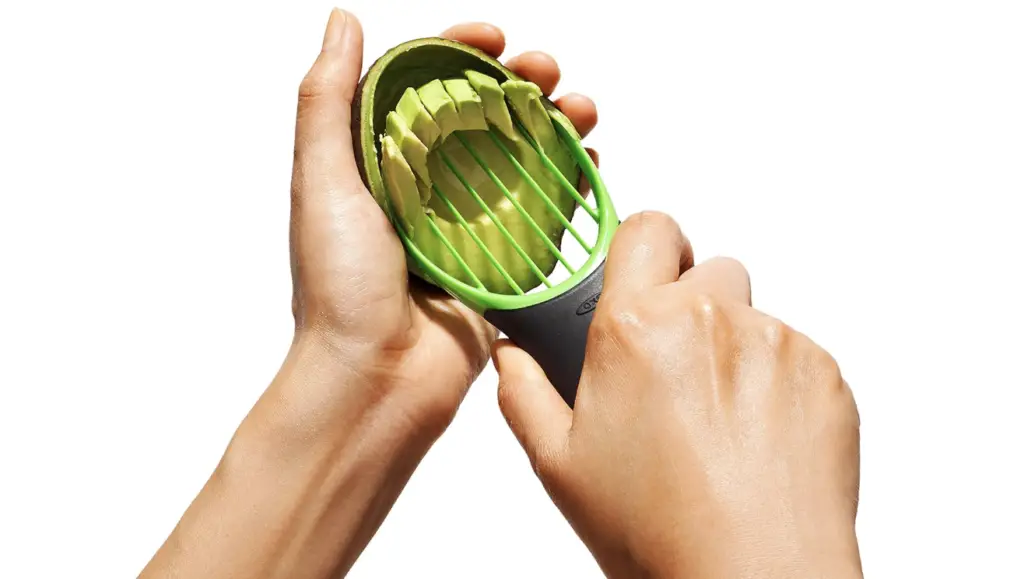
Specialized kitchen gadgets like egg slicers and avocado peelers are losing favor as people opt for multi-functional tools. Minimalist lifestyles and space-saving priorities are driving this shift. By 2030, these niche gadgets may all but disappear from homes, replaced by versatile alternatives like chef’s knives and food processors.
